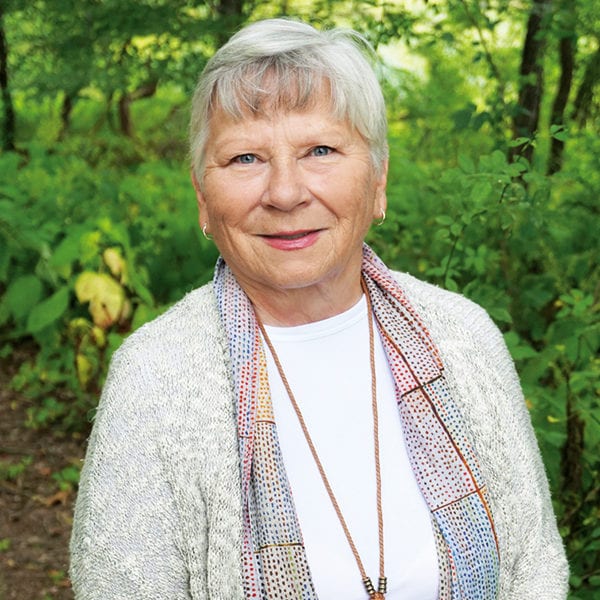
Dr. Sandra Duncan
Sandra works to assure the miracle and magic of childhood through indoor and outdoor play spaces that are intentionally designed to connect young children to their early learning environments, communities, and neighborhoods. Dr. Duncan is an international consultant, author of seven books focused on the environmental design of early childhood places, designer of two furniture collections called Sense of Place and Sense of Place for Wee Ones, and adjunct faculty at Nova Southeastern University. Sandra has designed and taught university courses on built learning environments and has collaborated with architects, interior designers, and educators to create extraordinary places and possibilities for children and students of all ages.
Sandra's Publications Include:
- Inspiring Spaces for Young Children
- Rating Observation Scale for Inspiring Spaces
- Rethinking the Classroom Landscape: Creating Environments that Connect Young Children, Families, and Communities
- Through A Child’s Eyes: How Classroom Design Inspires Learning and Wonder
- Bringing the Outside In: Ideas for Creating Nature-Based Classroom Experiences for Young Children
- The Honeycomb Hypothesis: How Infants, Toddlers, and Two-Year Olds Learn Through Nature Play (NEW RELEASE)
- Designing Inspiring Environments for Infants, Toddlers, and Two-Year Olds: Lessons from Nature (Available 2023)
A Message from a Friend!

The Honeycomb Hypothesis
Have you ever observed honey bees flitting around and nosing up to sweet smelling flowers? Pause to observe them and you may notice just how these little wonders of nature are busily gathering pollen to carry back to their hives. This repeated gathering, collecting, taking, and placing the pollen in the hive is innate and instinctive.
Honey bees happily buzz back and forth, back and forth, and repeat the process so quickly you may grow dizzy as you observe. The same is true for very young children. The only difference is wee ones are collecting bits and pieces of data from the environments to give to their honeycomb brains. Conceptualized by Dr. Duncan, The Honeycomb Hypothesis uses the analogy of a honey bee to help you understand how children learn.
Read ArticleHoney bees happily buzz back and forth, back and forth, and repeat the process so quickly you may grow dizzy as you observe. The same is true for very young children. The only difference is wee ones are collecting bits and pieces of data from the environments to give to their honeycomb brains. Conceptualized by Dr. Duncan, The Honeycomb Hypothesis uses the analogy of a honey bee to help you understand how children learn.

Sense of Place
With its modern aesthetics, many authentic and real-life details, and considerations for what the youngest of children need to thrive best in their first learning environments, the Sense of Place furniture collection provides educators a beautiful backdrop to creating the most meaningful and lasting of learning experiences in early education classrooms for years to come.
See Sense of Place
The Potential Place
The Potential Place™ is a design strategy conceptualized by Dr. Duncan that connects children’s inner (or emotional) needs with the physical built environment. This design strategy concentrates on the intersection between child and space and is accomplished by intentionally preparing the environment so children can have opportunities to experience the powerful conditions of emotions. The Potential Place has identified 5 design conditions of emotions, which are:
- Power
- Thrill
- Awe
- Intimacy
- Kinship.